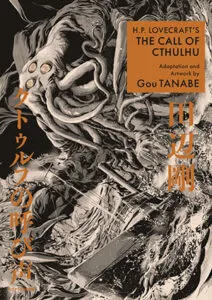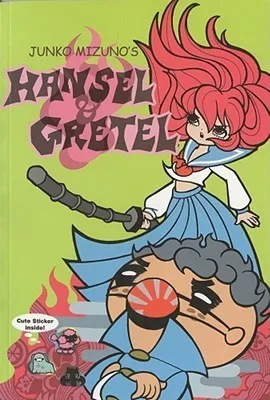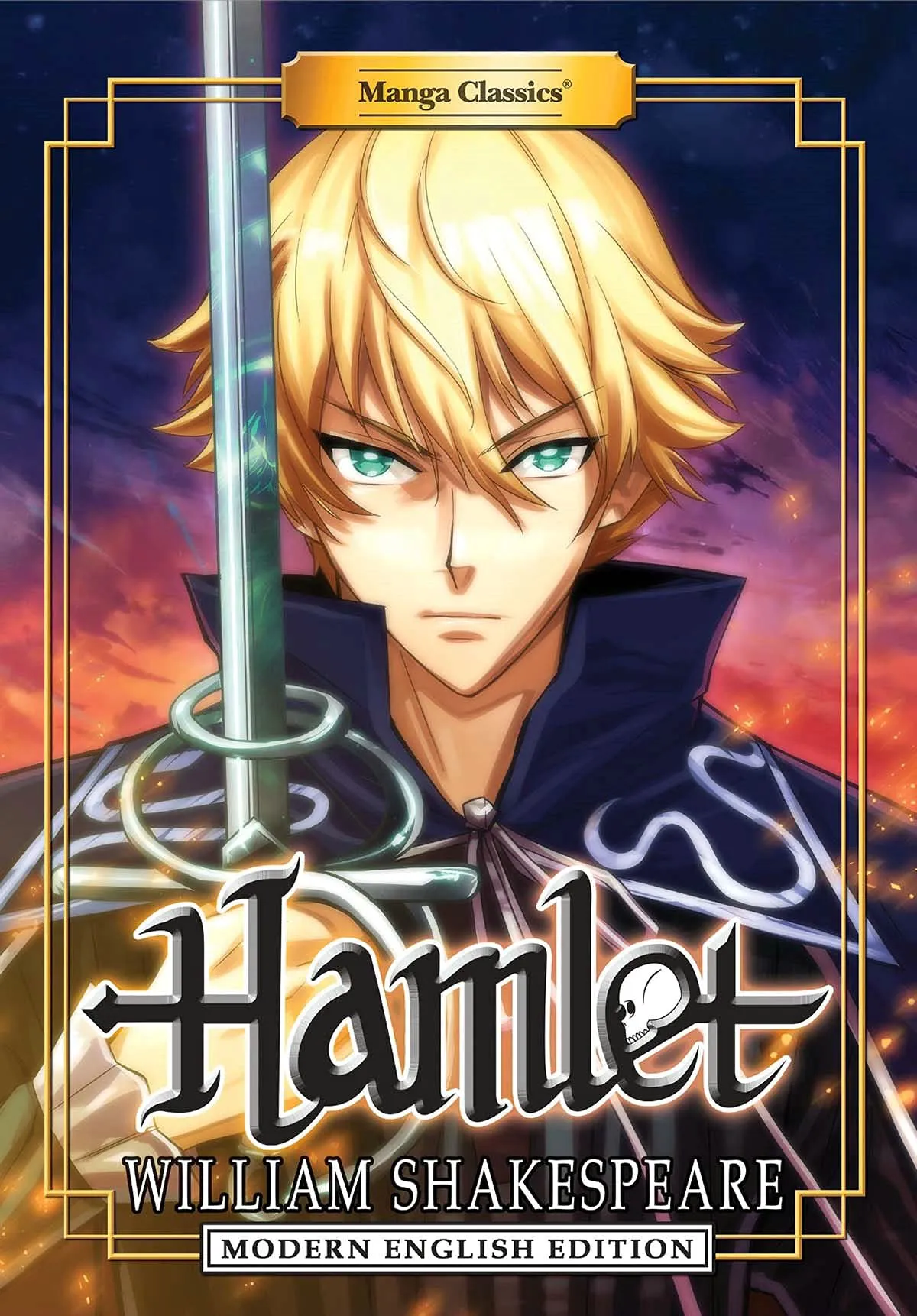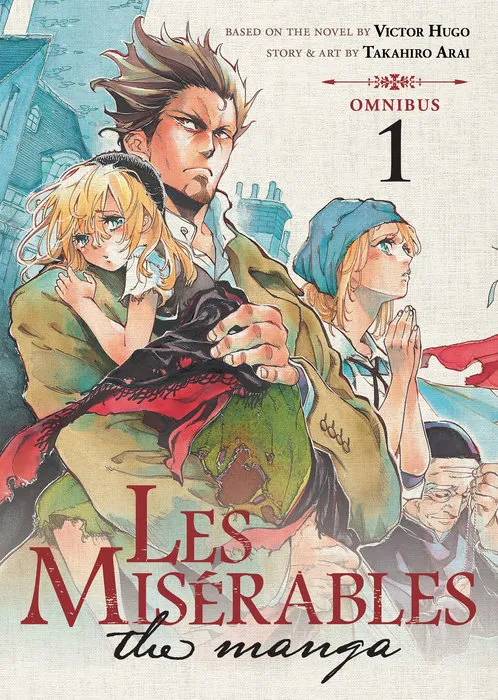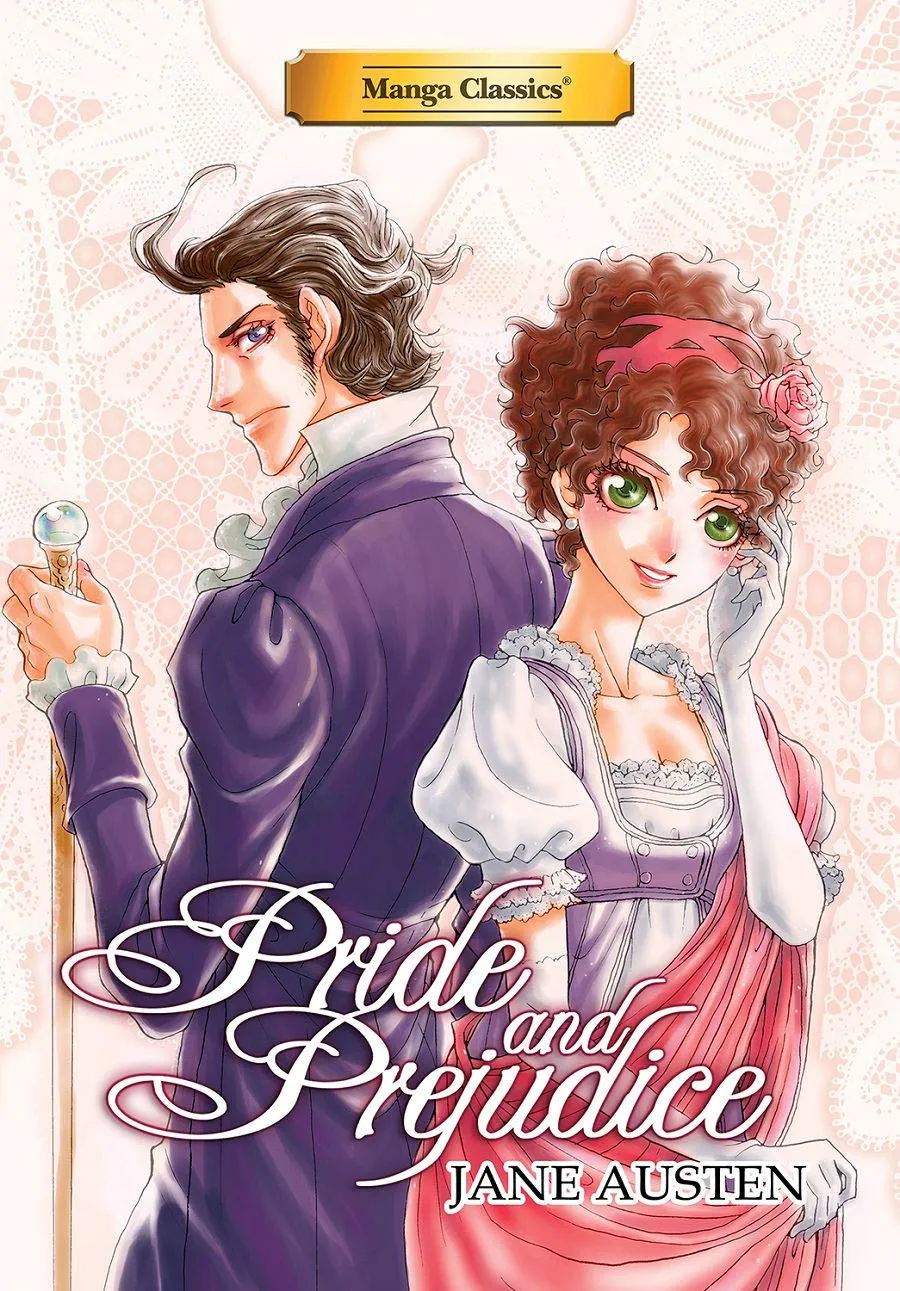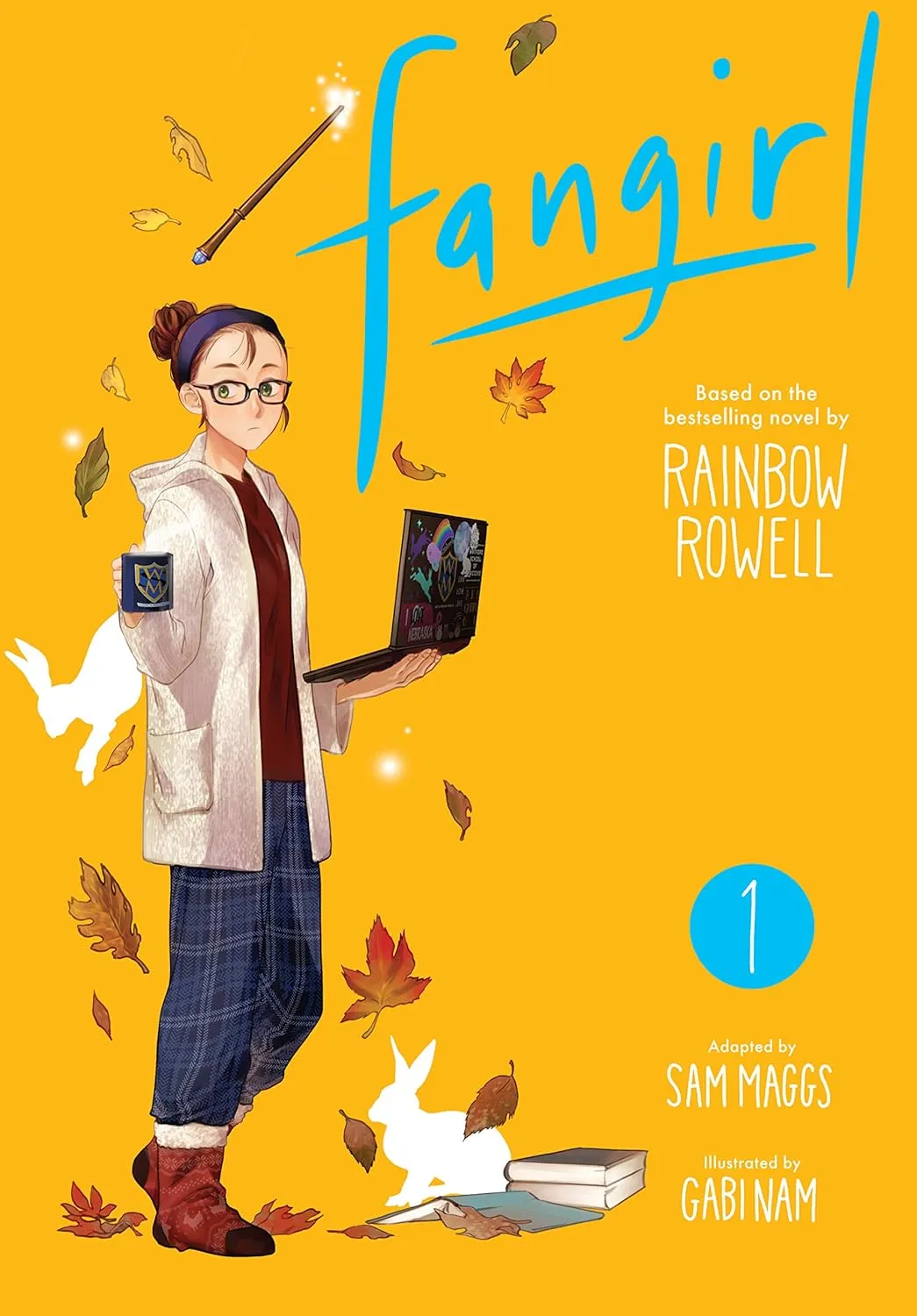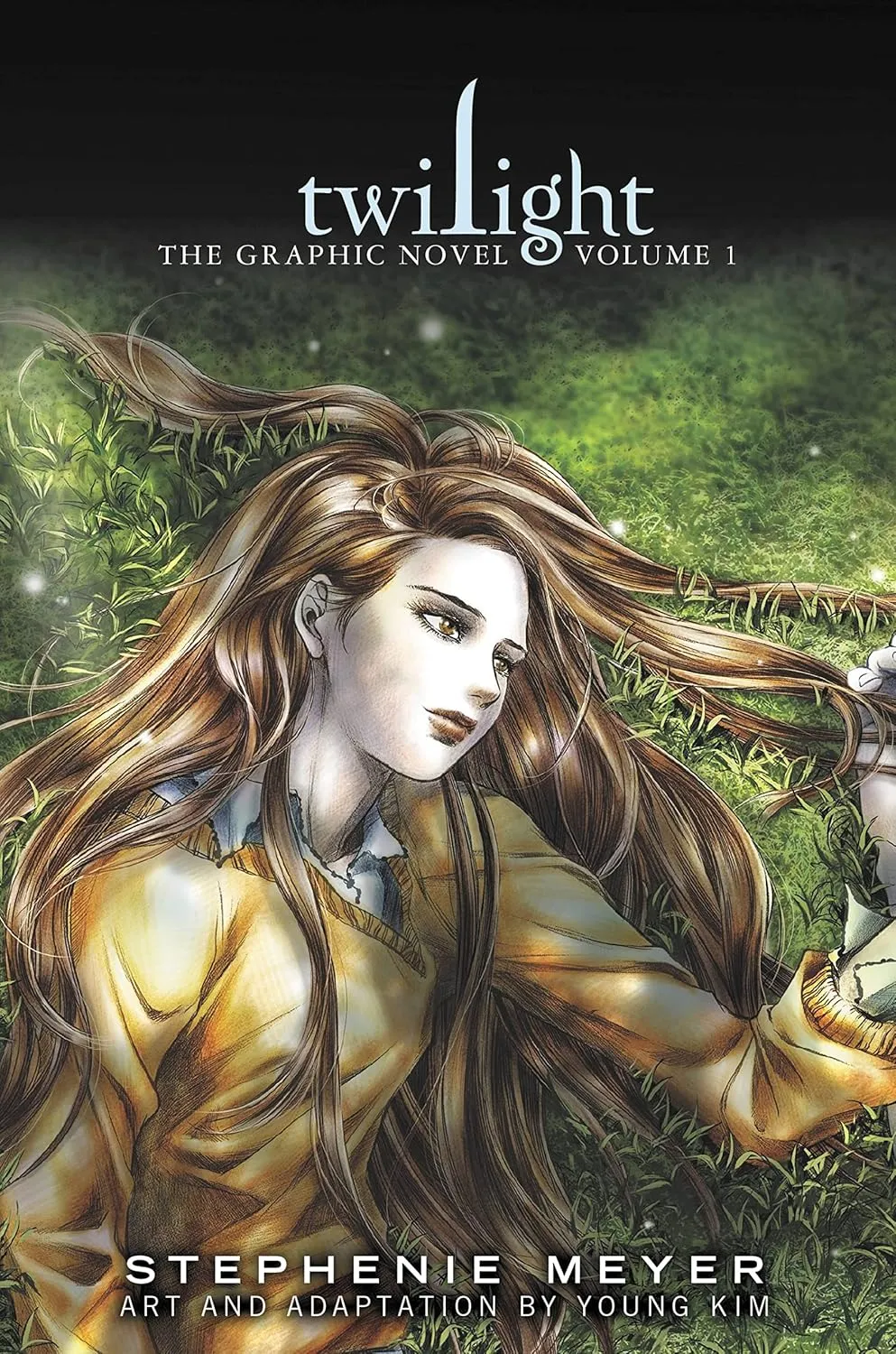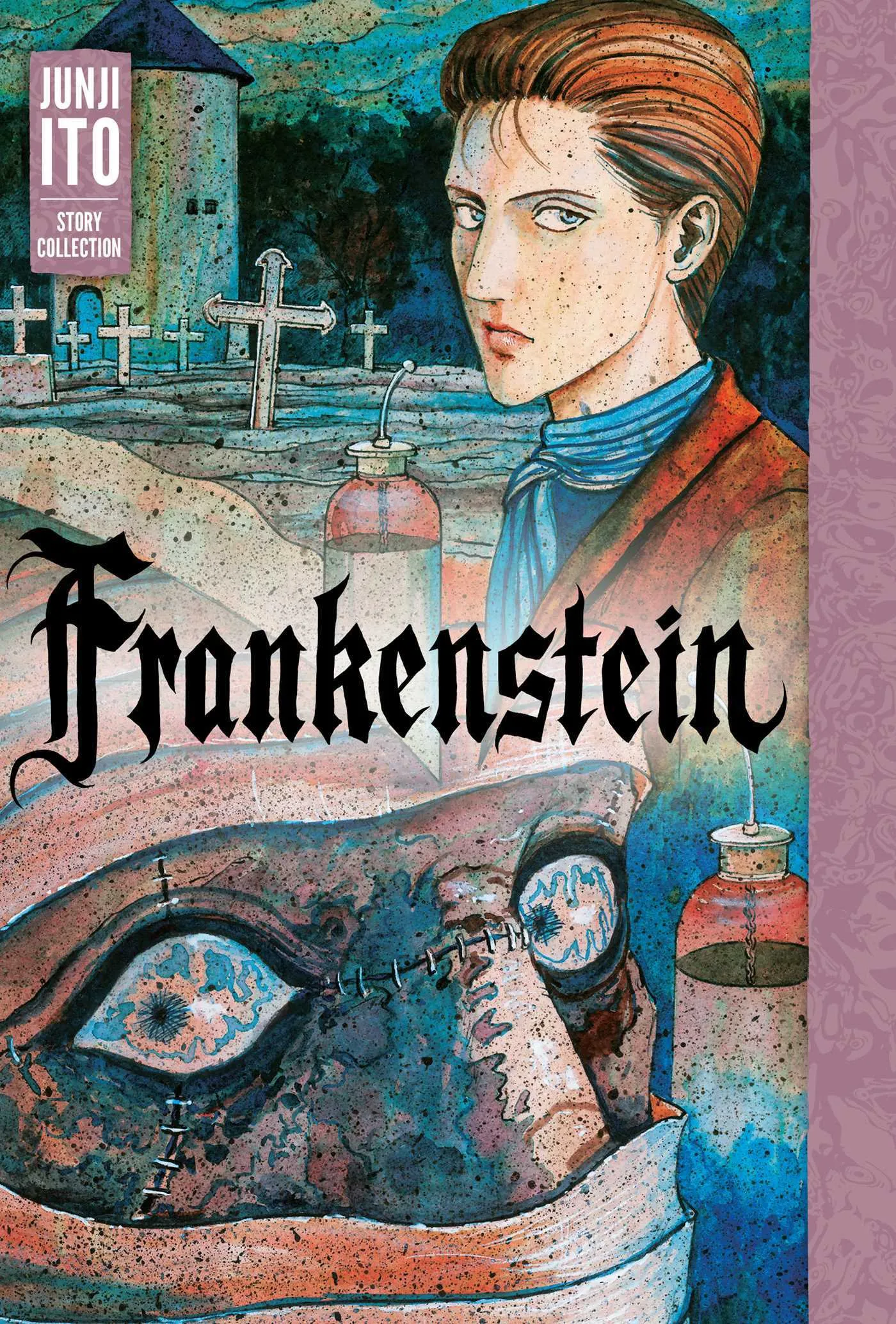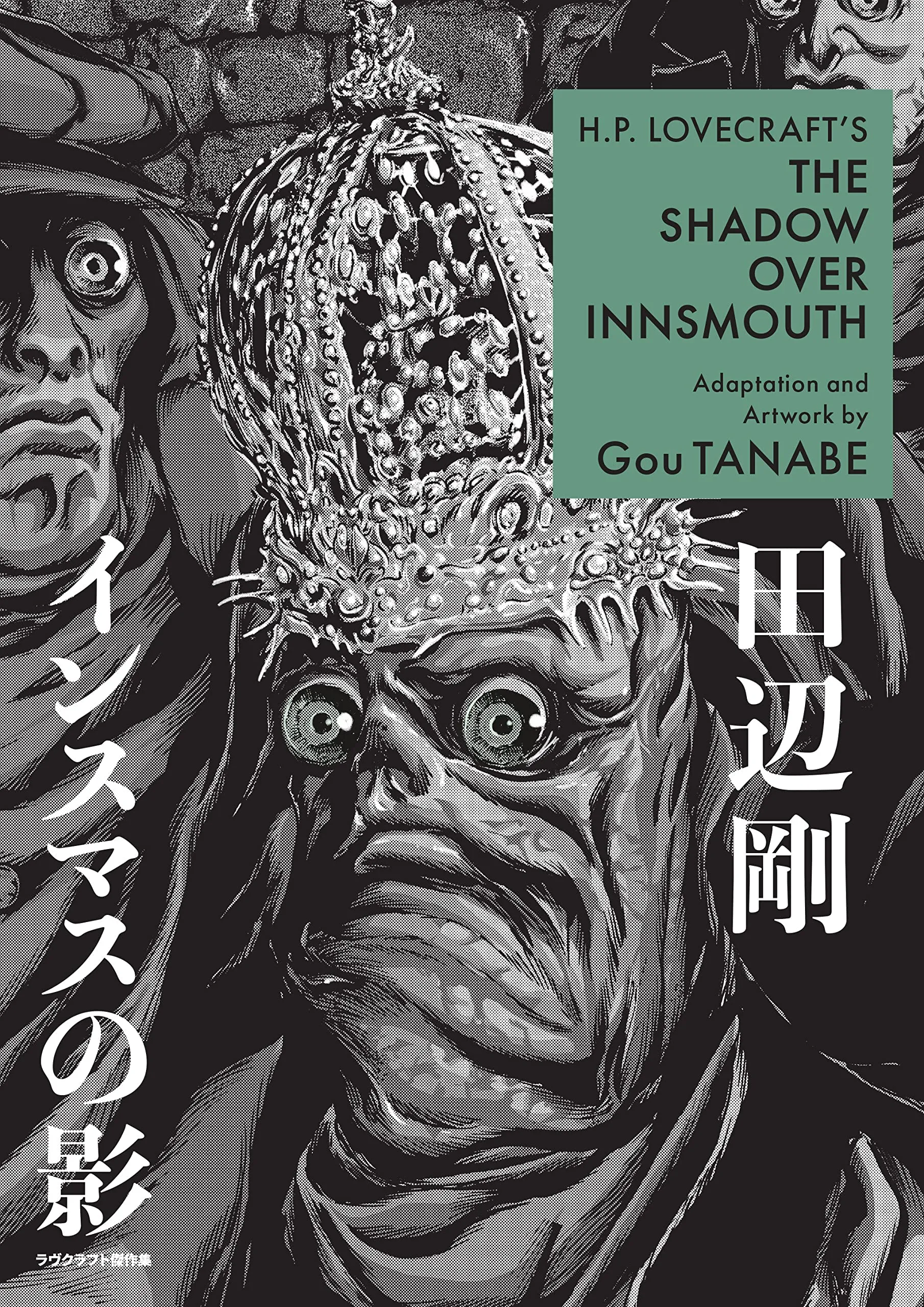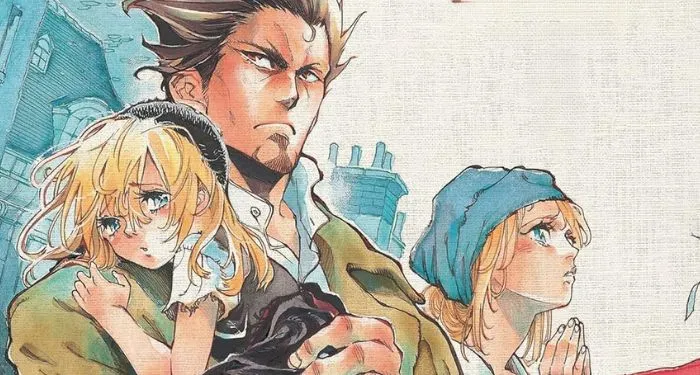
8 Manga and Graphic Novel Adaptations of Stories You Already Know
A great way to update a new story is to process it with a different art form. Ballets, operas, and other forms of staged art are often retelling old stories. With books, comics and graphic novel adaptations are an exciting way to reframe a well-known story. Reimagining the story with illustrated art is exciting for longtime fans of the books. Additionally, you can introduce young readers to classics with graphic novel adaptations to get them interested in the stories earlier. Comics based on classic novels for adult readers are also common. Outside of graphic novels, there are excellent manga adaptations of stories you already know.
Manga, as an adaptation art, provides a set of tools for heightening emotion through imagery. There are a number of classic manga effects that characters display to show off big feelings: a comical angry face, a large sweat drop above a character’s head, heart eyes, and more. The heightened style jumps off the page, communicating the intensity of a character’s feelings. This is what I’ve always loved about manga. Whether someone is angry, in love, or confused, you see it all on their face. I think this is what makes it such a globally dominant art form as well.
However, because of the global dominance, many Western publishers are also attempting to capitalize on this popularity. Graphic novel adaptations that are marketed as “manga-inspired” are ridiculous, as explained by Patricia Thang, because “manga” simply means “comics” in Japanese: “‘Manga-inspired’ is appropriation. Because manga is, contrary to what U.S. publishing seems to want you to believe, not a monolith.” For some of the graphic novels on this list, they’re called “manga” but they don’t follow the actual left-to-right reading style of a manga, nor are they specific to an art style. Though publishers are using this word, it’s important that they push artists to identify where their inspiration comes from. Otherwise, it’s the same as saying a book is inspired by the concept of words!
For this list, you can page through manga adaptations of classics, as well as graphic novels with art inspired by other manga series.
Classic Adaptations
Junko Mizuno’s Hansel & Gretel by Junko Mizuno
In the classic story of Hansel and Gretel, the two defeat a witch in the woods. In Junko Minzuno’s version, Gretel is a pink-haired sword-wielder, and Hansel has a can of tuna stuck to his mouth. Mizuno takes the basics of Hansel and Gretel (their names) and reimagines the story as a fast-paced, highly stylized adventure.
Manga Classics: Hamlet by William Shakespeare, Julien Choy, art by Crystal S. Chan
Is there any kind of angst more appropriate for a manga than that of Hamlet’s constant indecisive and meandering soliloquies? This adaptation takes Shakespeare’s play as written and brings the art to life around the dialogue. It’s a fun adaptation that could help teens understand the play a bit more fully during their first encounter with it.
LES MISÉRABLES (Omnibus) Vol. 1-2 by Victor Hugo, illustrated by Takahiro Arai, translated by Adrienne Beck
Les Misérables has been adapted many times, from novels to miniseries to the stage, so it makes sense that it ended up as a manga, too. Originally released in Japanese, this manga has also been translated into French, Italian, and now English. The gorgeously expressive art communicates the intense drama of this timeless tale.
Manga Classics: Pride and Prejudice by Jane Austen, Stacy King, art by Po Tse
In this other manga classic adaptation, we get to read the original enemies-to-lovers story that continues to captivate readers of all ages. The manga panels are a great method for communicating the chaos of the Bennets versus the aristocracy installed at Netherfield Park. The joy and humor of Pride and Prejudice plays out beautifully in this manga.
Adaptations of Contemporary Novels
Fangirl, Vol. 1 adapted by Sam Maggs, Rainbow Rowell, illustrated by Gabi Nam
Bestseller Fangirl got the multi-part manga treatment. In addition to illustrating Cath’s coming-of-age story at college, this series illustrates the excerpts from the in-universe Simon Snow books and Cath’s fanfiction. The unique juxtaposition between Cath’s real world and the fanfic world she sinks into is great for displaying the way her brain works.
Twilight: The Graphic Novel, vol. 1 adapted by Young Kim
If we’re talking melodrama, we’re talking Twilight. Young Kim adapted the now-iconic imagery into a manga style, and it really fits with the intensity of the romance between Edward and Bella. Kim makes some interesting adaptation decisions with the artwork and dialogue to fit the manga form, so it’s a great read for any fan.
Horror Adaptations
Frankenstein by Junji Ito
Horror manga is a huge genre of its own, and Junji Ito is a major figure in it. This collection features a series of stories about a high school student named Oshikiri experiencing creepy things, but it also includes a manga version of Mary Shelley’s Frankenstein. Ito’s signature style enhances the already scary story of Frankenstein with a highly detailed version of the monster.
H.P. Lovecraft’s The Shadow Over Innsmouth by Gou Tanabe, translated by Zack Davisson
The marriage of horror manga and one of the defining horror writers makes perfect sense. Lovecraft’s novel is a clear expression of his racist views, but Tanabe’s adaptation is an interesting investigation into what is actually scary about Lovecraftian horror, and visualizing the characters that have inspired so many horror writers.
Illustration for all
If you’re invested in manga, comics, and graphic novels, there are tons of adaptations to dive into. You can find comics of classic novels, non-superhero movies that are adaptations of comics, and more great manga to add to your list.



